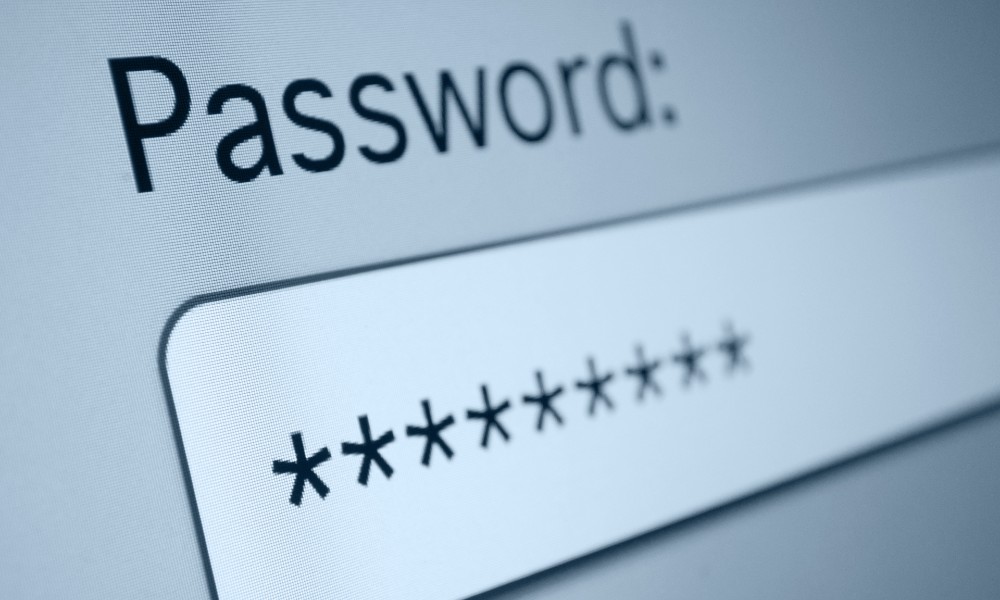
Early in 2024, a large data leak that exposed 26 billion records was dubbed “The mother of all breaches” by cybersecurity analysts. Your online accounts, and more crucially, your finances and reputation, are seriously threatened by compromised passwords. Have a look at this search if password is compromised online
How Were Your Passwords Breachable? Five Typical Risks
Phishing attacks: Con artists send fake texts and emails posing as legitimate companies like Amazon or the Internal Revenue Service (IRS). Phishing emails typically employ fright or urgency tactics to coerce you into disclosing personal information or clicking on links that take you to phoney websites where your credentials are stolen.
Social engineering assaults and imposter scams:In order to win your trust and obtain passwords or remote access to your computer, con artists pretend to be reliable individuals, such as customer care representatives or tech support.
Password spraying, credential stuffing, and other brute force attacks:Hackers can access numerous accounts without authorisation by using lists of stolen login credentials. Each day, these automated assaults are capable of trying millions of combinations. Reusing passwords can lead to major security problems in a number of ways, including this one.
Public or unprotected Wi-Fi networks: Public or unprotected Wi-Fi networks at hotels or airports can expose your login credentials to hackers who track and hack network activity.
Virus and spyware: Malicious URLs and dubious attachments have the potential to install malware on your device without your awareness. This gives them the ability to watch you or even log all of your keystrokes, including passwords.

Recognising Signs of Password Compromised
• Unrequested password reset emails: In order to access other accounts, unauthorised people may send out password reset requests.
• Unable to access accounts: During account takeovers, hackers can modify contact details to get around MFA protections.
• Modifications to your profile: Any unusual behaviour, such the addition of fresh images or publicly available information, raises serious red flags.
• Strange communications from relatives or friends: You’ve been hacked if you receive spam messages or links that appear to be phishing.
• Strange charges made with your credit or debit card: Before making significant withdrawals or transfers, thieves frequently make tiny test purchases.
• Strange IP addresses or browsers in the history of your account: It’s a serious red flag if someone else signs in from a strange place.
Verifying Passwords on Android Devices
- Google Chrome and Android phones share a password manager.
• Google’s data repository automatically saves passwords saved on Android devices.
• Navigate to Google Account Management, click on Security, then pick Password Manager.
• Password compromise notifications show up.
• Weak and frequently used passwords are marked for change.
Examining iPhones and iPads for Password Compromises
• Passwords created on iOS devices are 20 characters long and highly secure, but this doesn’t shield other passwords or stop hackers.
• Go through the security suggestions found under Settings > Passwords > Security suggestions to see if any passwords have been hacked.
• Choose an account, then reset the password that was hacked.
Reset your password and update your login information on the website or mobile application.




